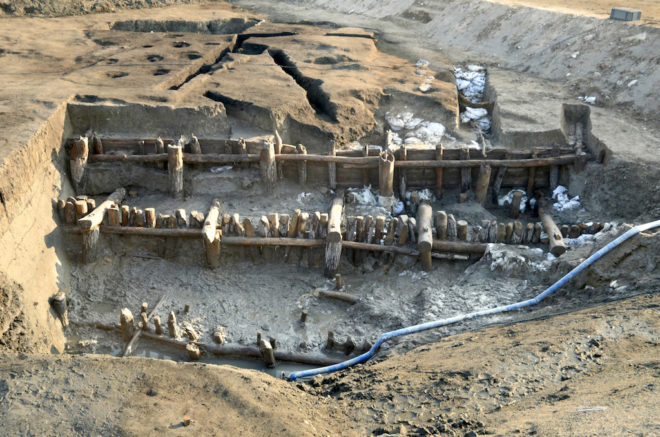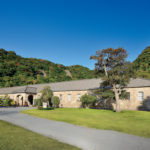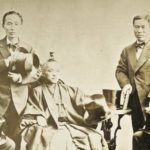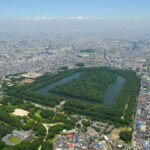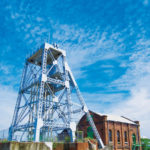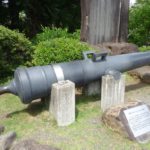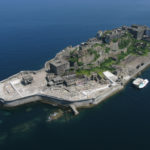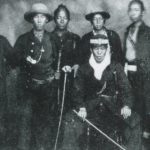In July 2015 UNESCO’s World Heritage Committee approved the inscription of “Sites of Japan’s Meiji Industrial Revolution” on the World Heritage List. In this fifth article of a series introducing the twenty-three component parts of the inscription, we take a look at the tenth component, the Mietsu Naval Dock in Saga Prefecture.
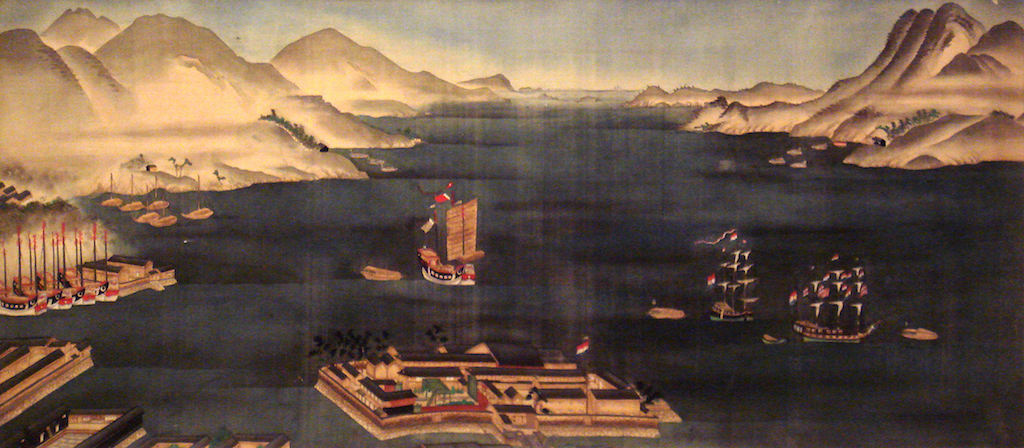
Dejima in Nagasaki Bay, circa 1820. Two Dutch ships and numerous Chinese trading junks are depicted. The smaller vessels are Japanese.
PHGCOM, CC BY-SA 3.0
From the 1630s until 1853 when the Black Ships of Commodore Matthew Perry finally forced the opening of her ports, Japan was almost entirely closed to contact with the outside world. The Tokugawa shogunate’s policy of sakoku, literally “closed country,” did however allow some international commerce to take place, mostly with Chinese and Dutch traders on the island of Dejima off the coast of Nagasaki.
By the early nineteenth century, Japan’s policy of international isolation, which was accompanied by a law prohibiting the construction of large, ocean-capable vessels, was increasingly under challenge. The Saga Domain, which shared responsibility for the defense of Nagasaki and Dejima with the Fukuoka Domain, felt the pressure keenly as early as 1808 when, on its watch, the 38-gun British frigate HMS Phaeton intruded the port of Nagasaki, took Dutch merchants hostage and demanded provisions. Undermanned, under fire and with back-up forces days away, Nagasaki magistrate Matsudaira Yasuhide complied with the ship’s demands. The incident led Matsudaira to commit ritual suicide in atonement and saw Saga’s feudal lord, Nabeshima Narinao, placed under house arrest.
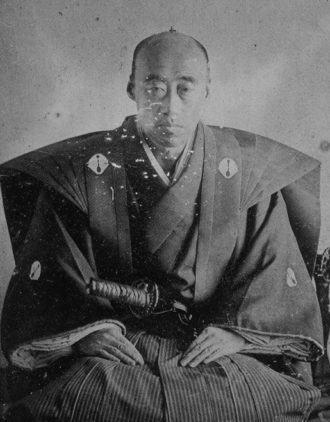
Nabeshima Naomasa, 1859 daguerreotype
PUBLIC DOMAIN
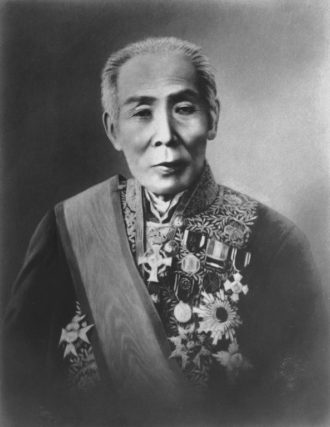
Sano Tsunetami, date unknown
When Nabeshima Naomasa (1815–1871) succeeded his father, the aforementioned Narinao, as feudal lord in 1830, the Saga Domain was heavily in debt, in no small part due to the cost of policing the shogunate’s sakoku policy. All too aware of the immediate threat posed by powerful foreign vessels, Nabeshima promptly went about modernizing the domain, drawing on the rangaku (Dutch learning) so close at hand in Nagasaki. He invested in the domain academy, the Kodokan, to train future leaders in western technologies including steelmaking, steam engines and artillery. He built reverbatory furnaces to support the production of cannon and the building of western-style ships. He soon turned Saga into the most modern and enterprising of all domains outside the capital, Edo.
Industrial Heritage
Japan’s Sites of the Meiji Industrial Revolution include a number of components in Nagasaki, which we shall introduce in next month’s issue. The component listed in Saga is the Mietsu Naval Dock, one of six docks the clan maintained to manage its fleet of small vessels.
In 1858 Lord Nabeshima established the Ofunate-Keikosho Naval Academy at Mietsu, where Saga intellectuals who had graduated from the Nagasaki Naval Training Institute taught skills such as navigation, surveying and shipbuilding. Among the Academy’s first students was the brilliant Sano Tsunetami (1822–1902), a scholar of medicine and other western learning, and graduate of the Kodokan.
By 1861, Mietsu Naval Dock was a leading shipyard with the facilities needed to repair large Western-style ships, including a dry dock (see box), as well as a large military academy with dormitories for its students. In 1865, the aforementioned Sano was instrumental in building Japan’s first steamboat here, the Ryofumaru.
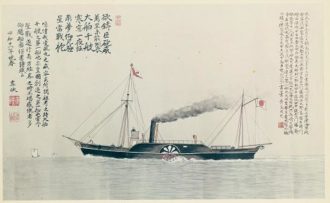
The Ryofu-maru, Japan’s first steam ship, completed in 1865
PUBLIC DOMAIN
Sano would become a leading statesman (later a count) in the new government formed after the Meiji Restoration of 1868, assisting in the formation of the Imperial Japanese Navy and founding what is known today as the Japanese Red Cross Society. Nabeshima meanwhile had retired from his position as feudal lord by the time of the Restoration, but continued to support rangaku studies in the domain, especially in the fields of western medicine, weaponry and military tactics. Like Sano, Nabeshima was a pragmatist with a talent for mediation, qualities which served both men and their domain well in turbulent times.
During the revolutionary war of 1868–1869 that finally saw the overthrow of the Tokugawa Shogunate, it was said that 40 soldiers from the Saga Domain were equal to 1,000 from anywhere else. The men of Saga had been educated well.
Modernization, under the new Meiji government, would now proceed at an even faster clip.
Alex Hendy, The Japan Journal
| The Dry Dock at Mietsu
The Mietsu Naval Dock was constructed by applying traditional Japanese techniques using wood, dirt and funakugi ship nails. Located on an estuary 6 km inland from the Ariake Sea, the dock cleverly utilized the tides. A ship would be brought into the dock at high tide, and the water would drain away naturally with the ebbing of the tide, allowing for inspection and repairs. Built in 1861 to accommodate a 45-meter Dutch vessel, the dock was the first in Japan to be used for repairing and studying large Western-style ships. The dock was excavated and researched between 2009 and 2012, whereafter it was reburied to protect it from weathering. Mietsu Naval Dock was selected as a World Heritage Site of the Meiji Industrial Revolution because it demonstrates the process by which Japan began implementing Western ship technologies and independently modernizing its naval skills. AH Pictured, the dry dock at Mietsu Naval Dock during the period of excavation and research, 2009–12. The excavation revealed wooden pilings arranged in steps restrained by poles anchored to the back of the dock. |

